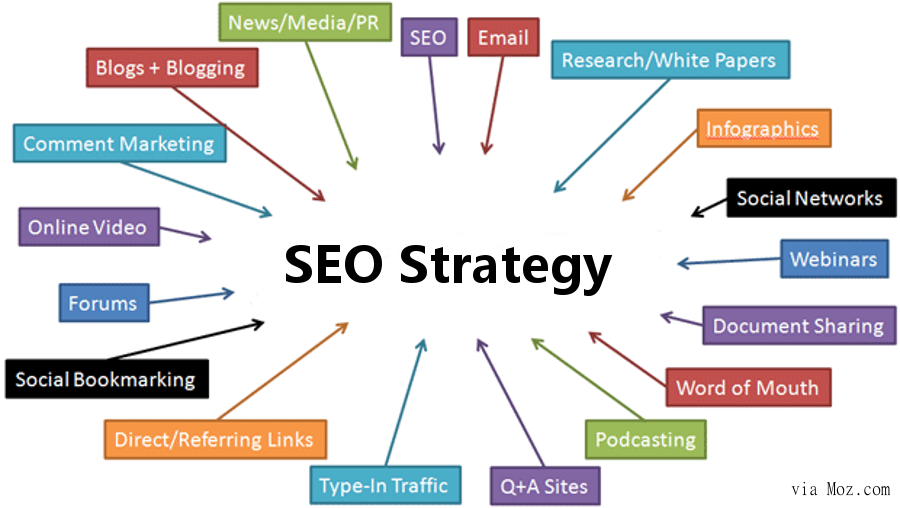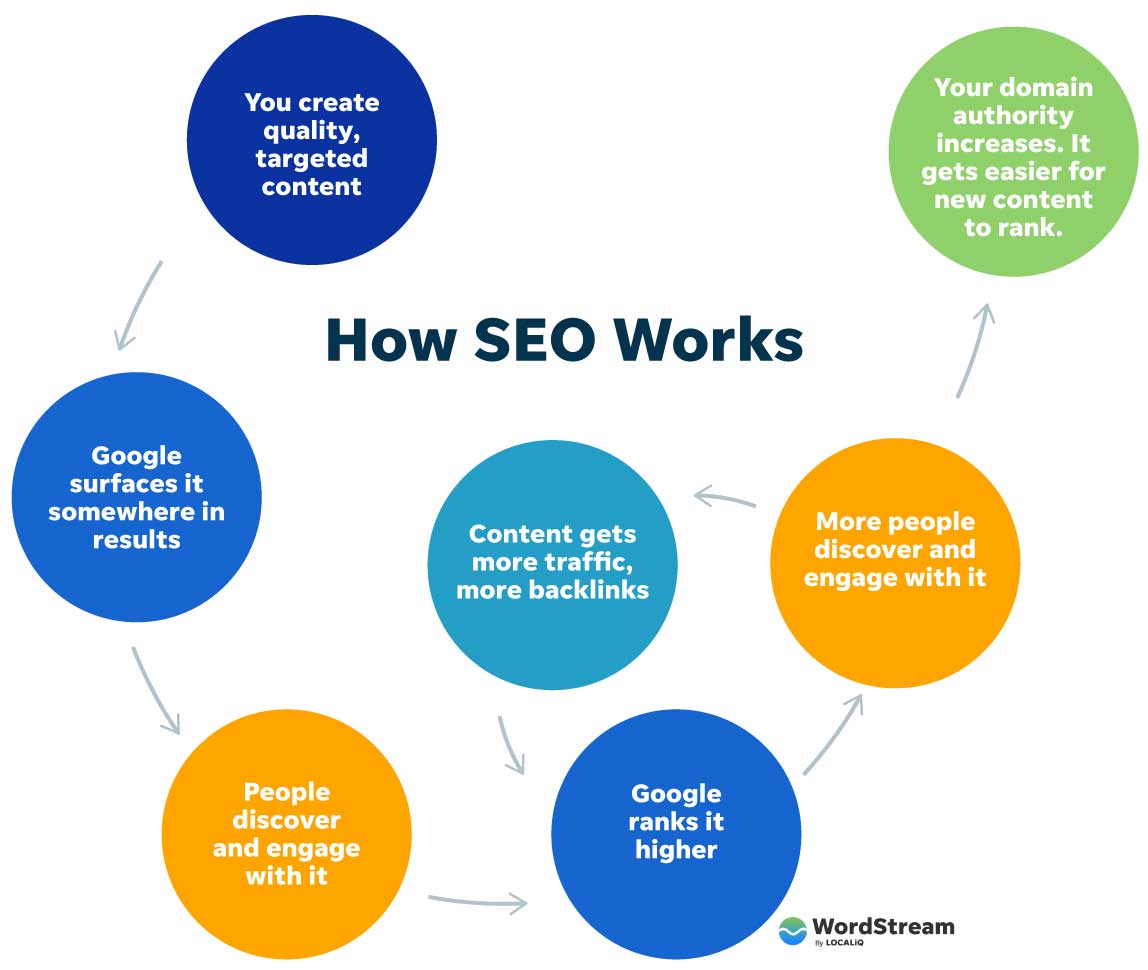Debunking What Is Not Considered a Default Medium in Google Analytics
Debunking What Is Not Considered a Default Medium in Google Analytics
Blog Article
Revealing the Unconventional Mediums in Google Analytics Beyond Default Settings
In the realm of electronic analytics, Google Analytics stands as a foundation for services looking for to comprehend their online presence. By venturing beyond the surface area and diving right into the details of social media information, email project performance, reference web traffic resources, straight traffic patterns, and customized network groups, a treasure chest of info waits for those eager to accept an extra nuanced strategy.

Leveraging Social Media Insights
Periodically ignored, yet exceptionally beneficial, is the practice of leveraging social networks insights within the world of Google Analytics. By incorporating information from systems like Facebook, Twitter, Instagram, and LinkedIn right into Google Analytics, businesses can get a much deeper understanding of their audience and the efficiency of their social media projects.
With this combination, online marketers can track and evaluate user habits on their site that stems from social media sites platforms. They can determine which social networks channels are driving the most traffic, which web content is reverberating with the audience, and which campaigns are transforming the most leads. This insight permits data-driven choices to optimize social media strategies and boost general marketing performance.
Furthermore, by incorporating social media sites understandings with Google Analytics, companies can develop a lot more targeted and individualized projects - what is not considered a default medium in google analytics. They can use group information, passions, and on-line behaviors gathered from social media sites to improve their target market segmentation and supply tailored messages that resonate with specific consumer groups. This targeted method can result in higher involvement, increased conversions, and eventually, improved return on investment
Uncovering Email Campaign Efficiency
Discovering Email Project Efficiency includes assessing vital metrics and efficiency indicators to examine the efficiency of email advertising and marketing efforts. When delving right into e-mail campaign efficiency, it is vital to analyze metrics such as open rates, click-through prices, conversion rates, and unsubscribe prices. By assessing these metrics, marketers can adjust their email campaigns for much better interaction and efficiency.
Analyzing Recommendation Web Traffic Sources
After evaluating the efficiency of email projects via essential metrics such as open rates and conversion rates, the next essential step is examining recommendation web traffic sources in Google Analytics to recognize where site visitors are coming from and how they engage with the website. Referral web traffic sources describe the sites that direct customers to your website with clickable links. By diving into this data, companies can gain understandings into which external systems are driving traffic to their site, whether it be social media platforms, partner sites, or on-line directory sites.
Examining reference web traffic can supply beneficial details on the effectiveness of exterior advertising and marketing efforts and collaborations. It aids companies recognize high-performing reference sources that add considerably to web site traffic and conversions. By comprehending the behavior of site visitors coming from various referral resources, organizations can customize their marketing strategies to maximize interaction and conversions. Google Analytics offers comprehensive reports on recommendation web traffic, enabling organizations to track the performance of each reference wikipedia reference source properly and make data-driven decisions to boost their online presence.
Discovering Direct Website Traffic Patterns
Exploring the straight traffic patterns in Google Analytics supplies beneficial insights into individual behavior and the effectiveness of projects - what is not considered a default medium in google analytics. Direct web traffic describes visitors that arrive on a website by straight typing the URL into their web browser, using book markings, or clicking untagged web links. Comprehending straight traffic patterns can help marketers evaluate the influence of offline marketing initiatives, brand name acknowledgment, and the performance of word-of-mouth recommendations
By delving right into direct website traffic data, organizations can uncover vital details concerning individual intent and brand name commitment. Examining the habits of direct visitors, such as the pages they check out, the time spent on site, and the conversion rate, can offer a deeper understanding of customer involvement and the overall performance of the internet site in transforming site visitors right into consumers.
Moreover, tracking straight click this site web traffic patterns with time allows organizations to determine patterns, seasonality impacts, and the success of specific projects or promos in driving straight check outs. This information can after that be made use of to fine-tune marketing techniques, maximize web site content, and enhance the overall individual experience to take full advantage of conversions.
Utilizing Custom-made Channel Groupings
Making use of personalized channel groupings in Google Analytics enables businesses to classify and evaluate their web site web traffic based on specific criteria, offering important insights for maximizing advertising and marketing approaches. Personalized channel groupings enable companies to develop their own personalized groupings of web traffic resources, such as social media, natural search, e-mail campaigns, and recommendation traffic. By specifying these collections, services can gain a deeper understanding of how various marketing networks add to their site web traffic and conversions.
This attribute is especially useful for businesses with varied advertising methods throughout numerous platforms. A company running both paid and organic social media campaigns can distinguish between the 2 to examine their individual performance precisely. Furthermore, custom network groupings can aid recognize any type of overlooked or underestimated website traffic sources that might be driving important engagement.
Conclusion

By venturing beyond the surface area and diving right into the complexities of social media data, e-mail campaign efficiency, recommendation traffic sources, straight web traffic patterns, and customized network collections, a treasure trove of details waits for those prepared to accept a more nuanced approach. They can determine which social media channels are driving the most traffic, which material is reverberating with the audience, and which campaigns are transforming the most leads.After examining the performance of e-mail campaigns through key metrics such as open rates and conversion prices, the following crucial action is examining reference traffic resources in Google Analytics to understand where internet site visitors are coming from and exactly how they interact with the website. Custom network groups make it possible for firms to develop their very own personalized groupings of traffic sources, such as social media, organic search, email campaigns, and referral web traffic. By leveraging social media insights, revealing e-mail campaign efficiency, examining recommendation web traffic resources, checking out direct website traffic patterns, and making use of personalized network groupings, marketing experts can obtain beneficial insights right into their on-line existence.
Report this page